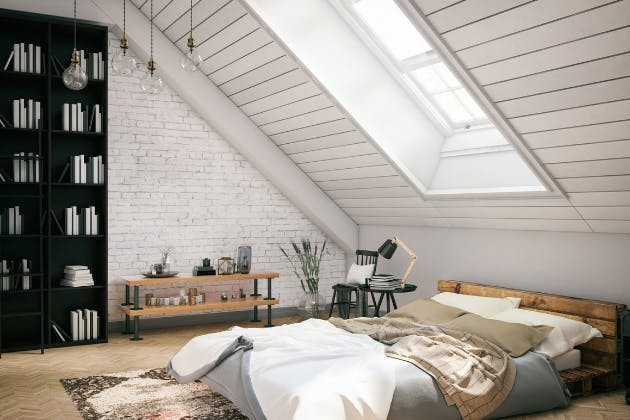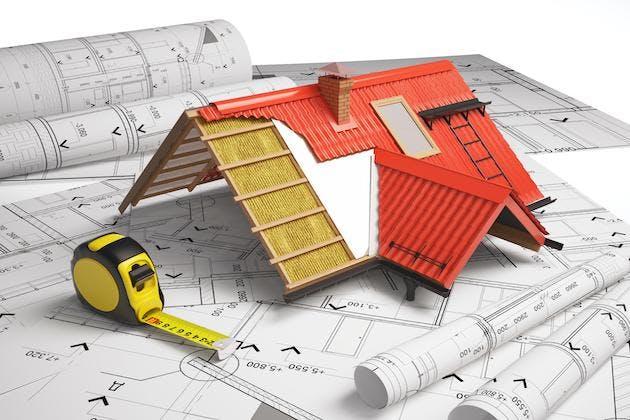A loft conversion or loft extension is the process of transforming your loft space into a new space. There are different types of lofts available and you choose one that meets your needs, requirements and specifications. Here at Bexhill Property Maintenance, we have put together this guide to help you choose the right type of loft for your home.

What are the different types of loft conversions available?
Full Rear Dormers
A dormer loft conversion involves extending your existing roof upwards, creating more floor space and headroom inside the home. It has vertical walls and a horizontal ceiling on the inside. Because flat roof dormers frequently offer the biggest amount of extra room, it is the most popular style of loft conversion chosen by many homeowners.
Hip to Gable Conversions
This type of loft conversion provides a significant amount of headroom as well as usable floor area, similar to a full rear dormer. The roof must be stripped down to the tops of the hip ends, the flank wall must be erected into a gable, and the ridge must be extended to meet the gable. Some of the front roofs must be rebuilt for this sort of modification and you may need to get planning permission for it.
Sky Light Conversions
When it comes to transforming your loft, skylights are one of the most cost-effective and modern options. This is because, in comparison to other forms of conversion, it does not need as many changes.
To install a skylight, you need to make sure that the area is big enough with enough headroom. However, if you are thinking of adding an ensuite to your new loft, then a skylight is not a suitable option for you.
L-shaped Domer
This type of loft conversion is also very popular, mainly because it helps maximise space. With an L-shaped dormer, you can easily add 2 additional bedrooms as well as a bathroom, making it the perfect option when you are growing your family.

Mansard Loft Conversion
A Mansard conversion is a type of home extension that has a horizontal roof and a nearly vertical 72-degree back wall. It is normally erected towards the back of the house. This not only produces a large quantity of loft space but also ensures that the proportions are ideal for a room.
The most significant advantage of a Mansard conversion is the extra space it gives, effectively adding a second storey to your home. This also increases the overall price of your property if you ever choose to sell it in the future.
Pitched Roof Dormer
If you reside in a conservation area, you may only have an option to get a pitched roof dormer. This type of loft extension is an appealing feature, and you may install a variety of pitched roof dormers depending on your home. Any dormers placed to the front of a house would need planning approval, but in most situations, they may be built to the back of the property under permitted development.
Will you need planning permission for these types of loft conversions?
Many loft conversions are considered permitted development. This simply means you will not need to apply for planning permission as long as the construction meets specific requirements.
So, if you're looking for a basic conversion with roof windows, you shouldn't be worried about applying for planning permission, although it's always a good idea to double-check. However, if your plans surpass specific restrictions and criteria, such as expanding or changing the roof space beyond its present boundaries, you will need to get planning approval.
Whether your loft conversion is under allowed development or not, you'll have to comply with strict building rules and regulations to ensure all building work is carried out safely.
Speak to a qualified builder
The best way to find out which type of loft conversion is great for you and your home is to speak with a highly experienced builder. Our builders are available throughout Bexhill, Eastbourne and Hastings. Get in touch with us today by calling us on 07879335446 or 01424 238797 and we will be happy to help.


